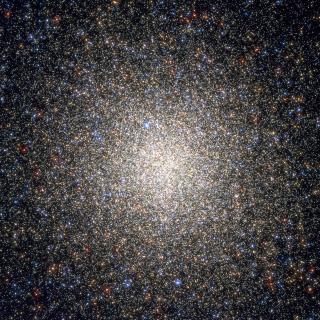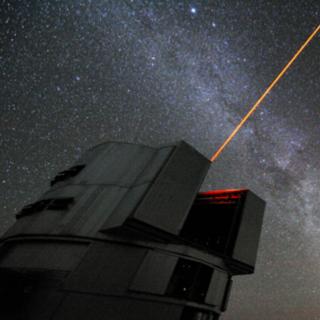Bibcode
Bennet, Paul; Patel, Ekta; Sohn, Sangmo Tony; del Pino Molina, Andrés; van der Marel, Roeland P.; Libralato, Mattia; Watkins, Laura L.; Aparicio, Antonio; Besla, Gurtina; Gallart, Carme; Fardal, Mark A.; Monelli, Matteo; Sacchi, Elena; Tollerud, Erik; Weisz, Daniel R.
Bibliographical reference
The Astrophysical Journal
Advertised on:
8
2024
Journal
Citations
27
Refereed citations
20
Description
We have determined the proper motions (PMs) of 12 dwarf galaxies in the Local Group (LG), ranging from the outer Milky Way (MW) halo to the edge of the LG. We used the Hubble Space Telescope (HST) as the first and Gaia as the second epoch using the GaiaHub software. For Leo A and Sag DIG, we also used multi-epoch HST measurements relative to background galaxies. Orbital histories derived using these PMs show that two-thirds of the galaxies in our sample are on first infall with >90% certainty. The observed star formation histories of these first-infall dwarfs are generally consistent with infalling dwarfs in simulations. The remaining four galaxies have crossed the virial radius of either the MW or M31. When we compare their star formation (SF) and orbital histories we find tentative agreement between the inferred pattern of SF with the timing of dynamical events in the orbital histories. For Leo I, SF activity rises as the dwarf crosses the MW's virial radius, culminating in a burst of SF shortly before pericenter (≈1.7 Gyr ago). The SF then declines after pericenter, but with some smaller bursts before its recent quenching (≈0.3 Gyr ago). This shows that even small dwarfs like Leo I can hold onto gas reservoirs and avoid quenching for several gigayears after falling into their host, which is longer than generally found in simulations. Leo II, NGC 6822, and IC 10 are also qualitatively consistent with this SF pattern in relation to their orbit, but more tentatively due to larger uncertainties.
Related projects

Milky Way and Nearby Galaxies
The general aim of the project is to research the structure, evolutionary history and formation of galaxies through the study of their resolved stellar populations, both from photometry and spectroscopy. The group research concentrates in the most nearby objects, namely the Local Group galaxies including the Milky Way and M33 under the hypothesis
Martín
López Corredoira

Galaxy Evolution in the Local Group
Galaxy formation and evolution is a fundamental Astrophysical problem. Its study requires “travelling back in time”, for which there are two complementary approaches. One is to analyse galaxy properties as a function of red-shift. Our team focuses on the other approach, called “Galactic Archaeology”. It is based on the determination of galaxy
Emma
Fernández Alvar